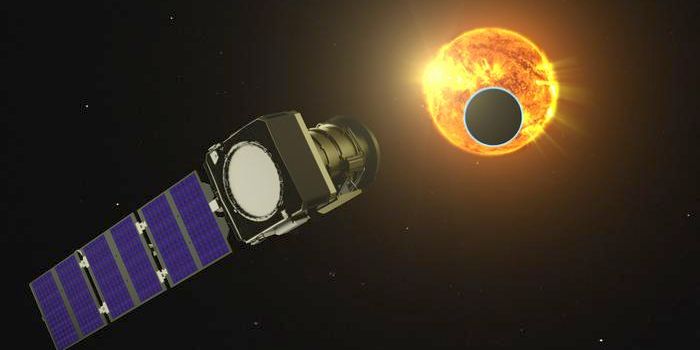Astronomers Classify New Type of Galaxy Structure
Astronomers classify galaxies based on their structure; there are a number of different galaxy classifications out there, such as elliptical, irregular, and spiral, but now astronomers have come up with a new classification for a variety of galaxies that don’t seem to fit into any of the aforementioned classifications because of their unique qualities.
Dubbed “Super Spirals,” the new classification aims to give a home to those galaxies out there that are spiral-like, but are several times larger and many times more illuminant than the typical spiral galaxy like our very own Milky Way galaxy.

Super Spiral galaxies have reportedly evaded astronomers’ sight by blending in with other spiral galaxies in our universe, but astronomers are just now understanding that they can be quite different than the typical spiral galaxy form.
"We have found a previously unrecognized class of spiral galaxies that are as luminous and massive as the biggest, brightest galaxies we know of," said astrophysicist Patrick Ogle from the California Institute of Technology. "It's as if we have just discovered a new land animal stomping around that is the size of an elephant but had shockingly gone unnoticed by zoologists."
After checking some databases and cross-referencing up to 800,000 known galaxies in our universe, astronomers were able to find that around 53 of the galaxies that were once thought to be elliptical in shape and close to Earth were actually not so elliptical or close at all.
Instead, they were more likely to be some kind of Super Spiral galaxy and were actually quite distant from Earth. The reason for the bright shining wasn’t because the galaxies were closer to Earth, but rather because of the sheer size of the galaxies despite how far away they were.
Scientists are now saying that a super spiral galaxy can shine more than 14 times that of the brightness of our Milky Way, and current samples can contain as much as 10 times the mass of our Milky Way galaxy. What’s more is the spirals of these Super Spiral galaxies can be anywhere from two to four times the width of the Milky Way’s, which is around 100,000 light years across.
"Super spirals could fundamentally change our understanding of the formation and evolution of the most massive galaxies," said Ogle. "We have much to learn from these newly identified, galactic leviathans."
As you can imagine, the new classification is now getting a lot of attention from the astronomy world and NASA, as well as other space agencies are very interested in furthering research in this department to obtain a greater understanding about the formation of galaxies.
Source: NASA








